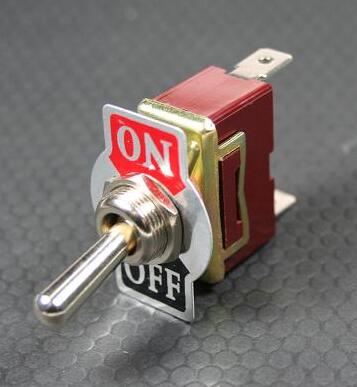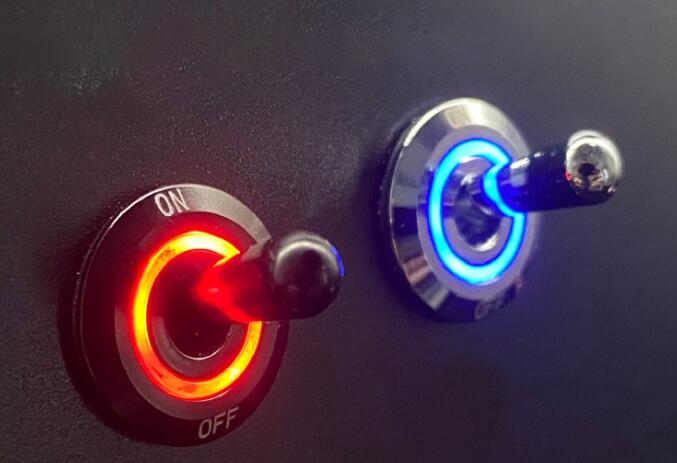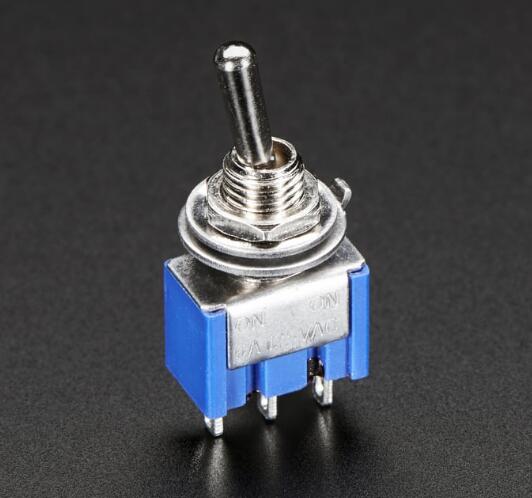Here are some key factors to consider when selecting a toggle switch for marine use
Environmental Sealing: Look for toggle switches that are specifically designed to be water-resistant or waterproof. They should have an Ingress Protection (IP) rating that indicates their level of protection against solids and liquids. IP67 or IP68 ratings are suitable for marine use as they offer protection against temporary submersion and are dust-tight.
Corrosion Resistance: The materials used in the construction of the switch should be resistant to corrosion. Marine toggle switches are often made from non-corrosive metals such as stainless steel, brass, or have a protective coating to withstand the salty and humid marine environment.
Electrical Ratings: Ensure the switch can handle the electrical load of the device it will control. Check the voltage and current ratings of the switch to ensure compatibility with the marine equipment.
Circuit Configuration: Determine the type of circuit configuration needed for your application, such as SPST, SPDT, DPST, or DPDT. This will depend on whether you need to control one or multiple functions and whether you require an on-off or multi-position switch.
Mechanical Endurance: Choose a switch that is designed to withstand frequent use and has a high cycle life. Mechanical endurance is crucial in a marine setting where switches may be operated regularly.
Size and Mounting: Consider the space available for mounting the switch. It should be easily accessible and securely mounted to withstand movement and vibration.
Ease of Use: The switch should be easy to operate, even in conditions where the operator may be wearing gloves or when visibility is low. A switch with a tactile response or an audible click when engaged can be beneficial.
Safety Features: For critical functions, consider toggle switches with safety covers to prevent accidental activation or deactivation. These covers can be flipped open to access the switch when needed.
Labeling and Color-coding: Clear labeling or color-coding can help operators quickly identify the function of each switch, reducing the risk of errors.
Certifications: Look for marine-grade switches that meet relevant certifications and standards, such as those set by the American Boat and Yacht Council (ABYC) or the United States Coast Guard (USCG).
By taking these factors into account, you can ensure that the toggle switches you select for your marine application will perform reliably and safely, even under challenging conditions. Always consult with a marine electrical expert or refer to the manufacturer's recommendations when selecting and installing toggle switches on your vessel.













